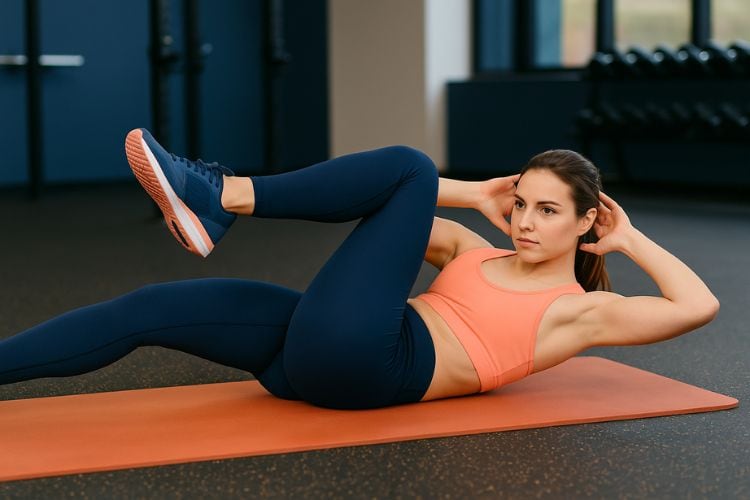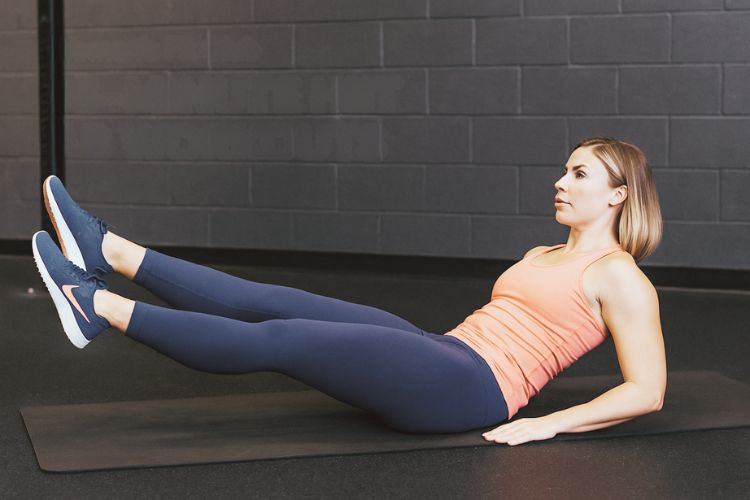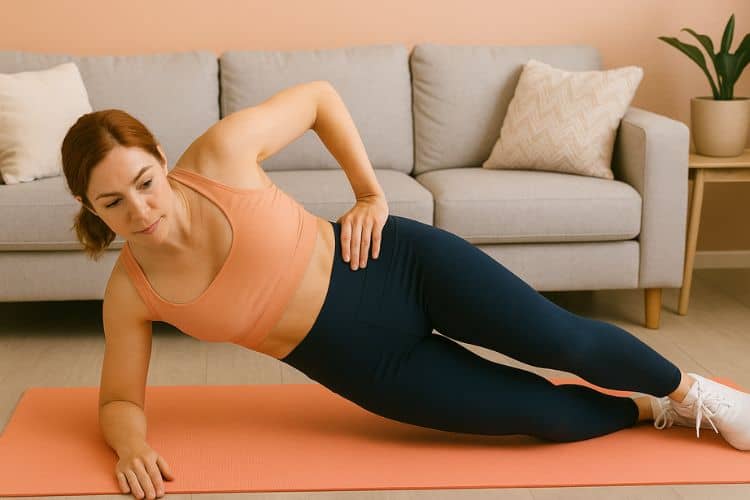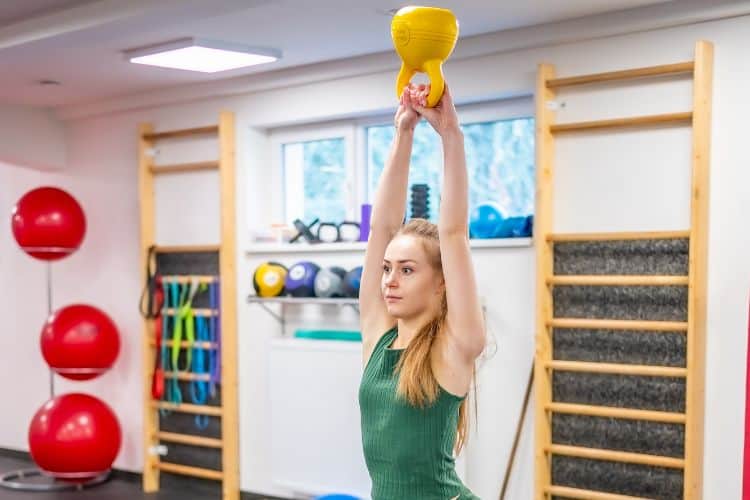Sign up for workout ideas, training advice, reviews of the latest gear and more.





Functional training is a powerful, versatile fitness method designed to prepare your body for real-life movements and daily tasks. Unlike traditional isolation exercises, functional workouts target multiple muscle groups simultaneously, improving strength, stability, mobility, and endurance. Whether you’re a busy professional or a seasoned athlete, a 35-minute full body functional training workout can transform your fitness routine without spending hours in the gym. This blog post explores the benefits, structure, and sample plan for effective 35-minute sessions that deliver results.
Functional training refers to exercises that mimic everyday activities such as squatting, pushing, pulling, bending, and lifting. These movements help strengthen your core, stabilize joints, and build total-body coordination. The goal is not only to develop aesthetic muscles but also to enhance overall performance in real-world scenarios—be it lifting groceries, climbing stairs, or playing with your kids.
Functional workouts integrate multiple planes of motion and challenge the body in dynamic ways. This builds neuromuscular efficiency, which is essential for balance, posture, and injury prevention. You’ll use your bodyweight, resistance bands, kettlebells, dumbbells, or even battle ropes to achieve a balanced, high-impact workout.
A 35-minute workout provides a high return on time invested. You’ll hit every major muscle group, elevate your heart rate, and burn fat without spending over an hour in the gym.
Every functional move activates the core, making your abdominal and lower back muscles stronger. This supports posture and helps prevent lower back pain.
Dynamic stretches and compound movements improve joint range of motion and reduce stiffness, keeping your body limber and injury-resistant.
Combining strength with movement keeps your heart rate high while strengthening muscles, helping improve both aerobic and anaerobic capacity.
From lunging to lifting, functional training translates directly to everyday physical demands, making you stronger and more resilient in daily life.
To maximize your time and results, each session should follow a structured format:
Prepare your body for movement with dynamic exercises like:
Split into circuits combining strength, cardio, and stability exercises. Perform 2–3 rounds of 5–6 movements, 40 seconds on, 20 seconds off.
Use static stretches and controlled breathing to reduce heart rate and improve recovery.
While many functional workouts can be done with just your body weight, adding equipment boosts effectiveness. Suggested tools include:
Here’s a complete breakdown you can follow at home or in the gym.
Perform each for 30 seconds:
Repeat once for a full-body warm-up.
Perform each for 40 seconds, rest for 20 seconds between moves. Complete 2 rounds.
Strengthens legs and core while improving posture and grip strength.
Targets chest, shoulders, and core. Stabilizes your trunk while adding upper body endurance.
Improves hip mobility and leg strength. Add dumbbells for extra resistance.
Strengthens back, shoulders, and core. Engages stabilizers as you alternate rows in plank position.
Activates obliques and improves lateral core stability.
Perform each for 40 seconds, rest for 20 seconds between exercises. Complete 2 rounds.
Explosive lower-body movement that builds power and agility.
Fast-paced cardio move that targets core and shoulders while elevating heart rate.
Combines power and coordination. Engage your entire upper body and core.
Great for upper body endurance and cardio conditioning.
Full-body high-intensity movement for strength, cardio, and endurance in one motion.
Hold each stretch for 30 seconds to 1 minute.
Proper technique is crucial in functional training. Quality reps beat quantity every time. Start slow, then gradually increase intensity.
Add weight, reps, or instability (e.g., BOSU ball) to keep your body adapting and growing stronger.
Variety ensures balanced muscle development. Incorporate pull, push, lunge, hinge, twist, and squat patterns in each session.
Give your muscles time to heal with adequate sleep, hydration, and rest days between intense workouts.
A HIIT interval timer helps keep the workout structured. Apps like Tabata Timer or Seconds Pro are great tools.
Start with bodyweight-only movements and fewer rounds. Focus on mastering form.
Add light weights and progress to more challenging variations like jump squats and renegade rows.
Use heavier weights, instability tools, and minimize rest to elevate difficulty.
For best results, aim for 3 to 4 sessions per week with at least one day of rest in between. Combine this with flexibility training and moderate cardio (like walking or cycling) for a well-rounded fitness plan.
| Feature | Functional Training | Traditional Weightlifting |
|---|---|---|
| Movement Pattern | Multi-planar, real-life | Isolated, linear |
| Equipment | Bodyweight, light tools | Barbells, machines |
| Goal | Stability, mobility, endurance | Muscle mass, strength |
| Core Engagement | Always active | Variable |
| Risk of Injury | Lower (with proper form) | Higher if form is poor |
Both have their place in fitness, but functional training offers a more versatile, injury-preventive approach for long-term health and performance.
A 35-minute full body functional training workout is an ideal way to get stronger, move better, and stay fit without spending excessive time in the gym. With a well-structured plan that combines mobility, strength, and cardio, you’ll build a healthier, more capable body that performs well in daily life. Whether you’re training at home or hitting the gym, functional fitness empowers you to build strength with purpose.
Don’t just train to look good—train to move better, feel better, and live stronger.
Want more workout and video guide?
Follow us on Pinterest, Facebook, and Subscribe to our Newsletter and Stay tuned for FREE downloads of our App coming soon!
Stay up to date on the latest women’s health, fitness and lifestyle trends and tips.